
Essential Insights
- The NieR Automata anime combines Routes A and B, presenting simultaneous narratives of 2B and 9S.
- Notable role shifts occur, with Lily assuming the role of Resistance Leader in lieu of Anemone.
- This adaptation showcases extended combat sequences, delves into character backgrounds, and weaves in aspects from NieR Replicant.
Despite facing numerous production challenges and breaks, the NieR Automata ver1.1a anime has largely satisfied fans in its interpretation of the beloved game. The tale of 2B, 9S, and A2 remains as profound and evocative as ever, reimagined in animation.
Thanks to the skilled team at A-1 Pictures and the guidance of Yoko Taro, the NieR Automata anime is designed not to replace the game but to serve as an enrichment of the experience, enhancing the original narrative of the YoRHa. While the storyline stays true to the source for the most part, several notable differences emerge. Here’s a rundown of the significant alterations made by the anime in its first cour.
Merging Routes A and B
Simultaneous Dual Perspectives
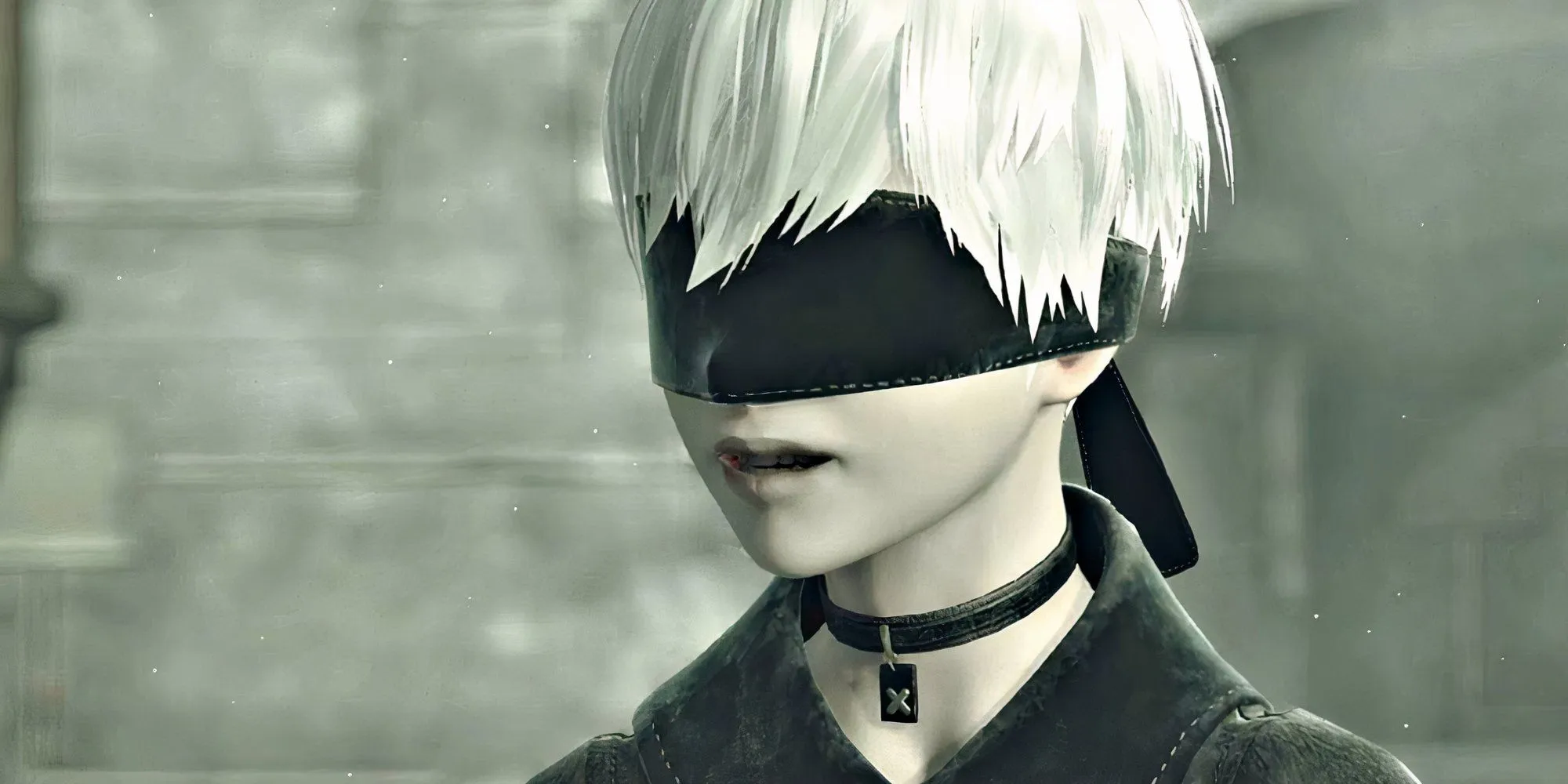
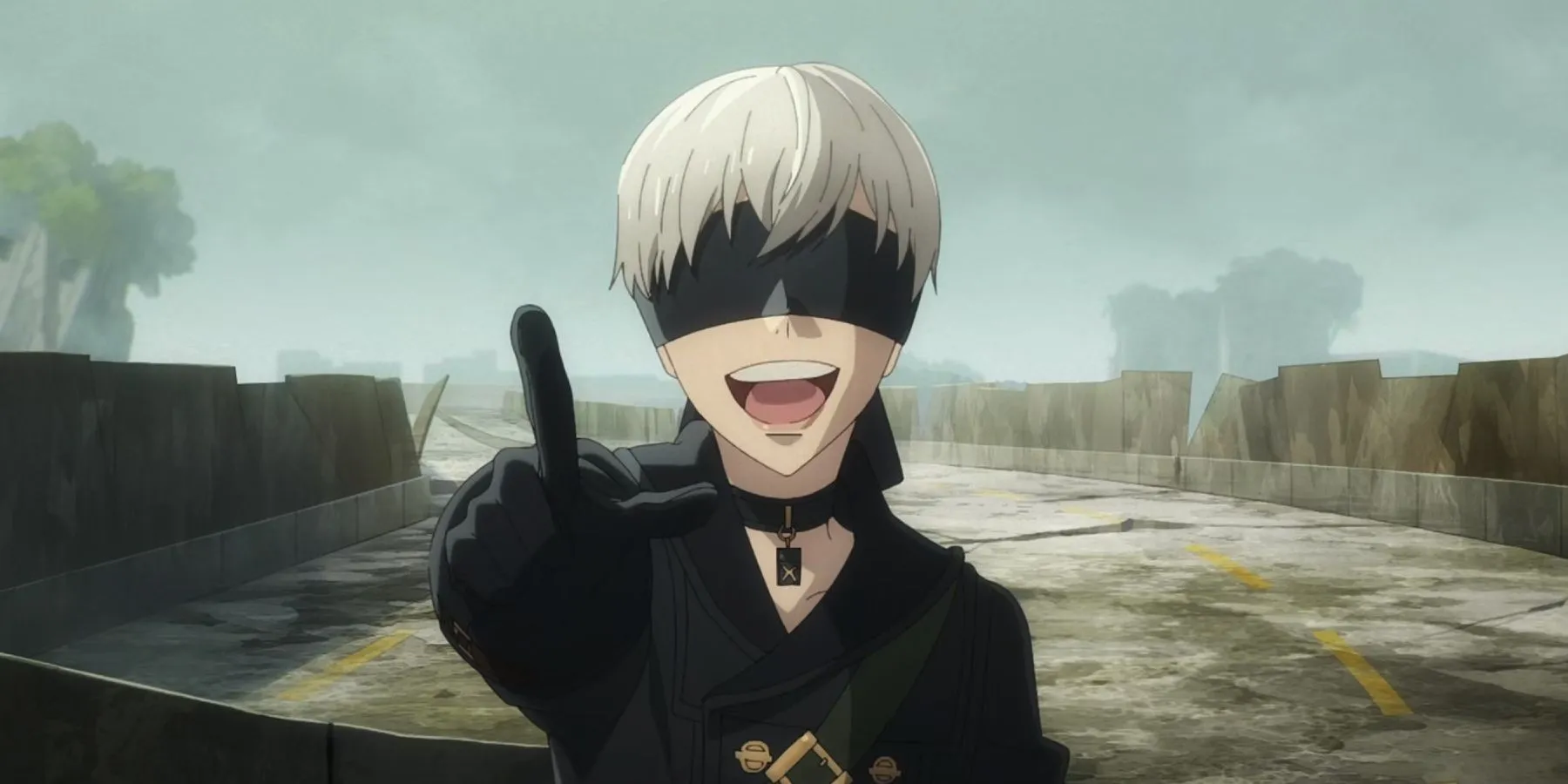
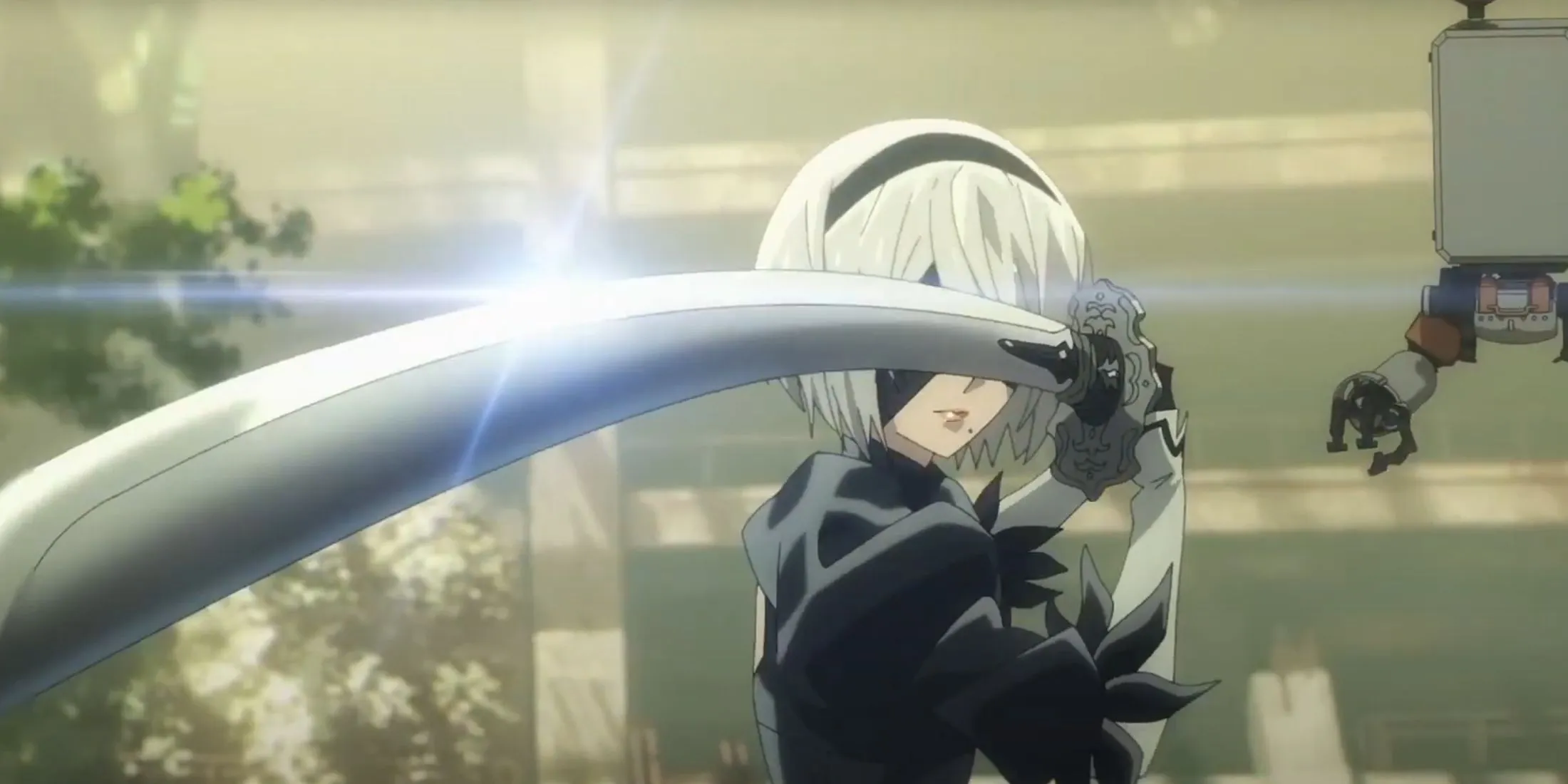
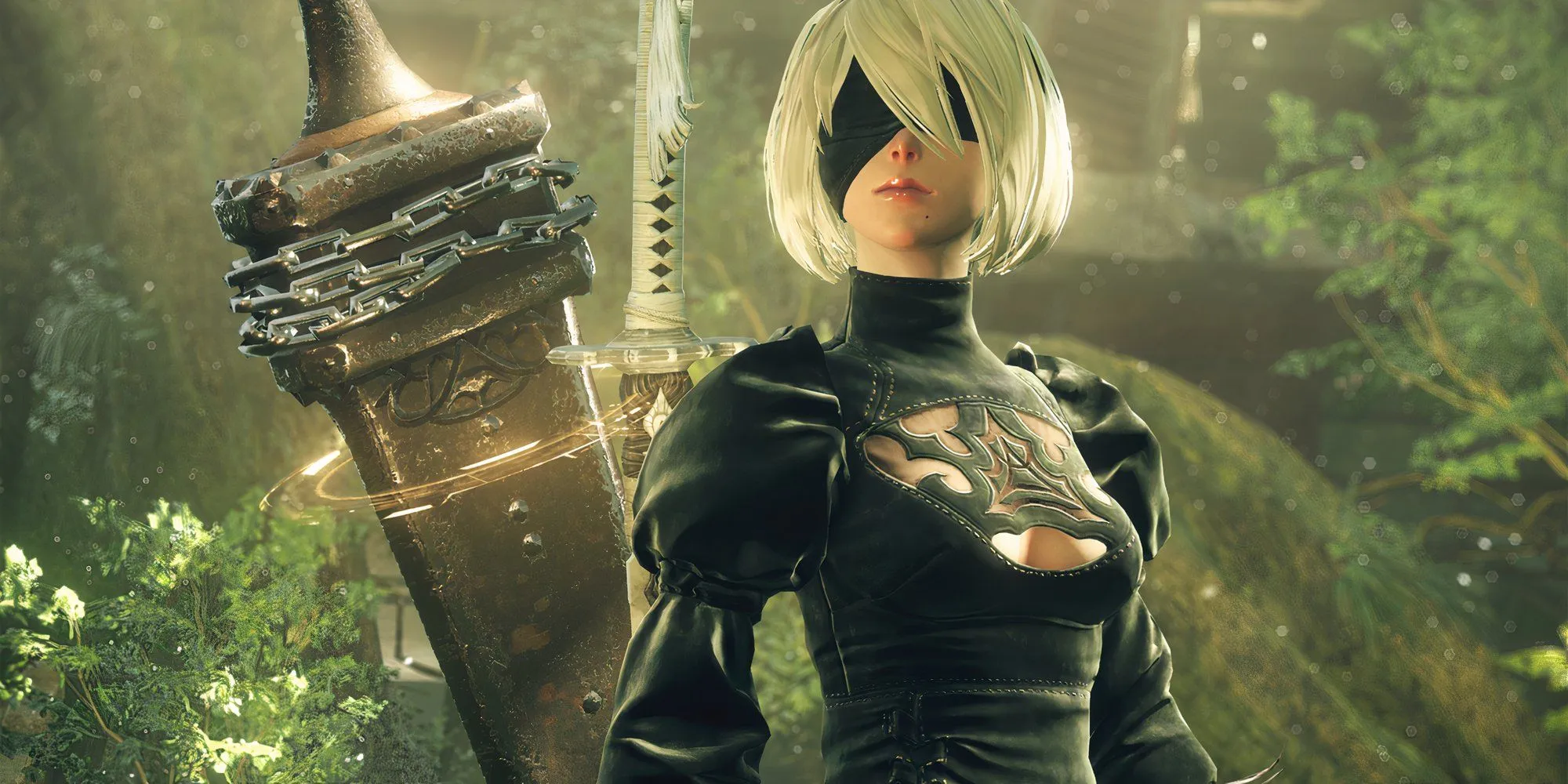
In the original game, players embark on a distinct “Route”for each playthrough. Each route unveils a particular storyline, necessitating a second run with the same saved data to unlock the next route and continue progressing the narrative. Route A presents the story from 2B’s perspective, focusing solely on her as the protagonist. Route B, on the other hand, shifts to 9S’s viewpoint, revealing additional insights into the events and the Machine Lifeforms through his hacking abilities.
The anime’s first part cleverly intertwines both routes, offering a unified narrative that follows 2B and 9S concurrently. This approach incorporates all key events from the first act, providing the audience with a comprehensive view that is easier to understand, particularly for newcomers to the series.
Diverging Character Roles and Changes
Lily Takes the Helm as Resistance Leader in Place of Anemone
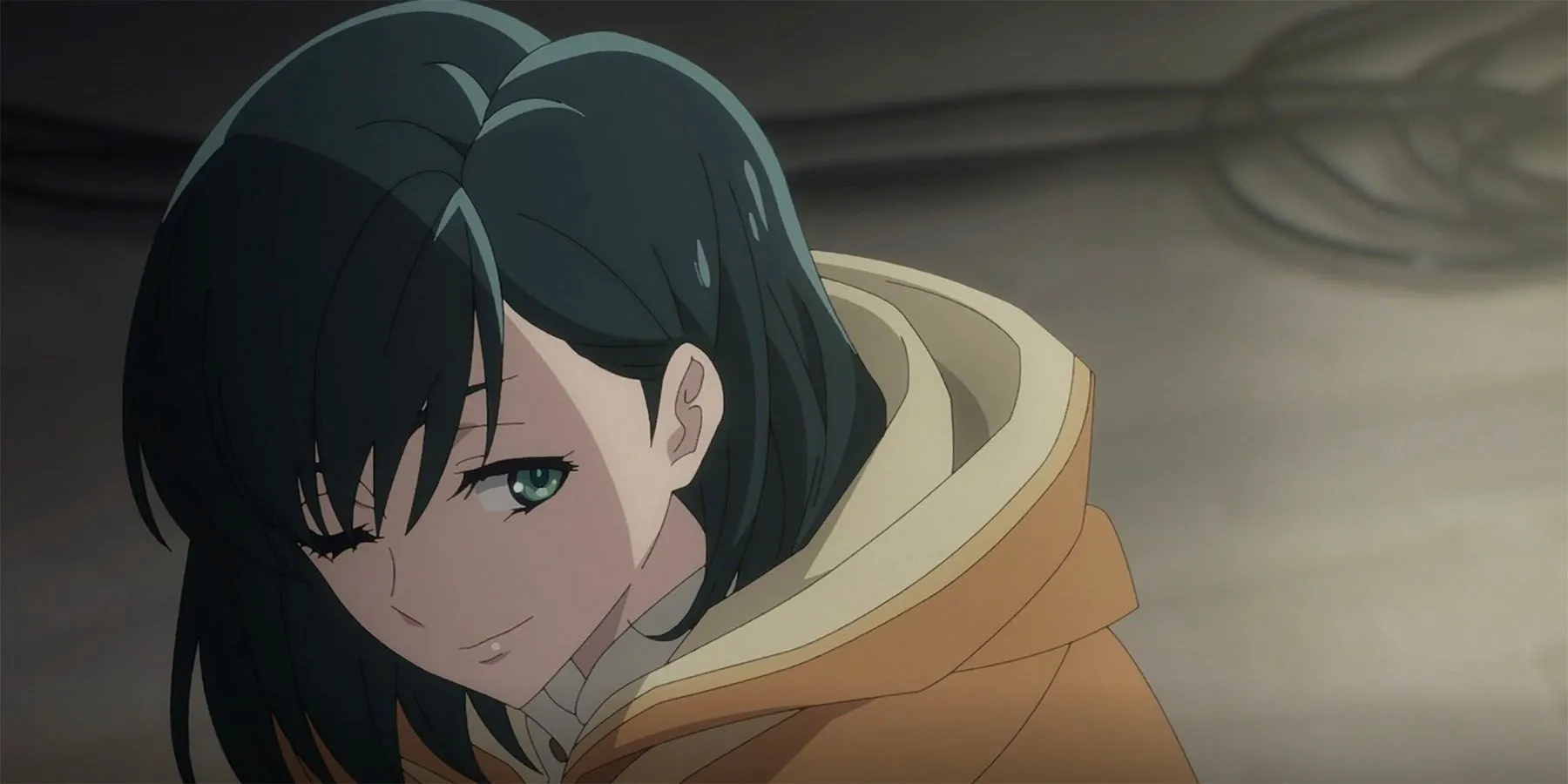
In the game, the Resistance leader is Anemone, a seasoned android with a history linked to A2. During the Pearl Harbor Descent, she collaborates with Captain Rose and the Experimental M Squadron of the YoRHa in a perilous operation, ultimately surviving alongside A2, who was known as No.2 at the time.
Contrarily, in the anime, while Anemone is still depicted in the Pearl Harbor Descent, it is Lily, the youngest team member, who emerges as the leader following the mission. Lily’s character, who perished in the game’s version, is now in control, establishing a new dynamic with A2.
Evolution of Commander White’s Character
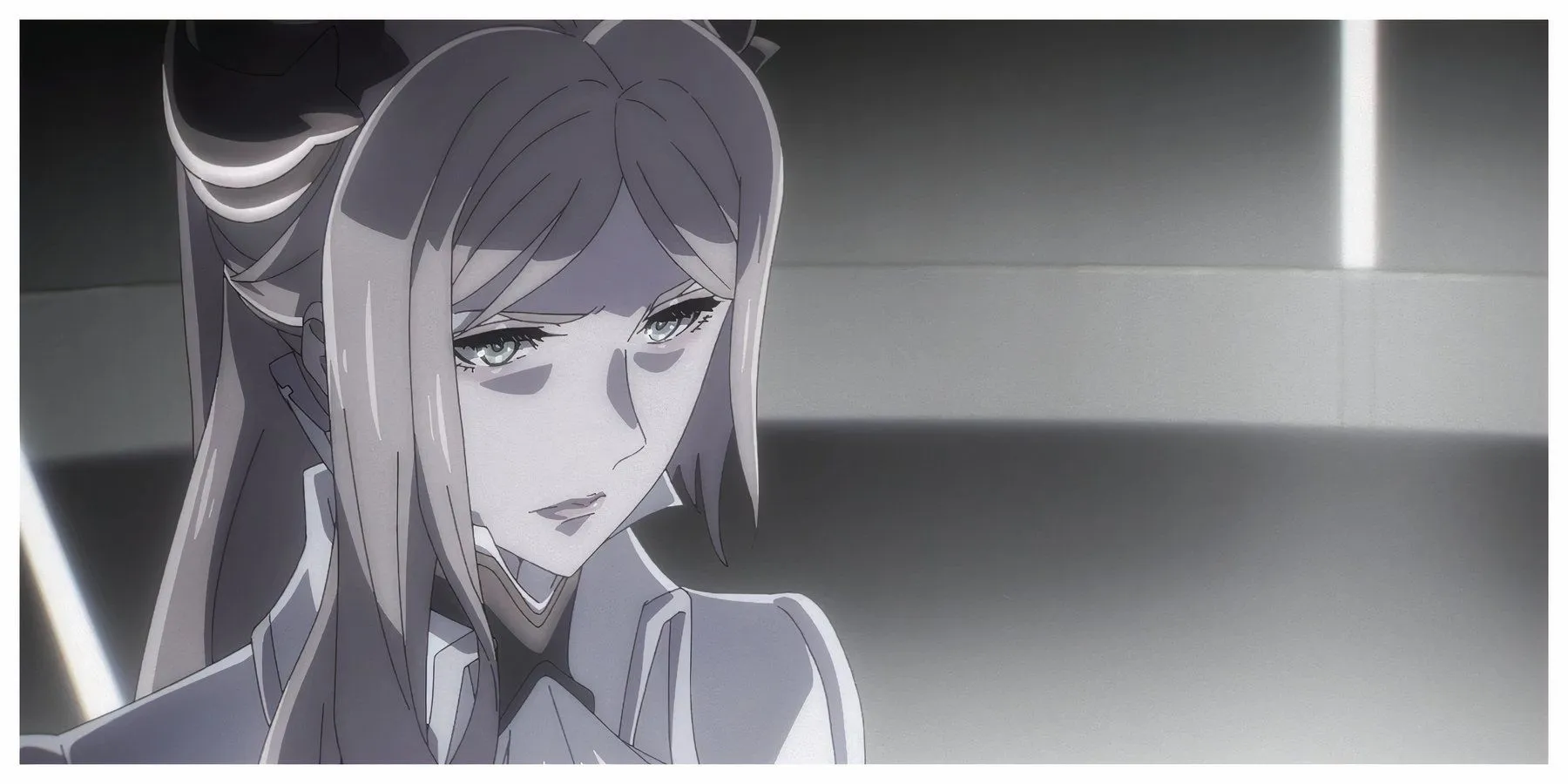
Commander White, the chief of the YoRHa, is portrayed as a composed and authoritative android managing the YoRHa units from the Bunker. In the game, her demeanor is often icy, prioritizing missions at the cost of her troops’ welfare, sometimes disregarding them entirely. However, in the anime, Commander White is depicted as more invested in her soldiers’ well-being. New dialogues with the Council of Humanity reveal her concern and an inclination to protect her forces, which starkly contrasts with the indifferent nature of the council, presenting her as a mere pawn in their agenda.
A2’s Backstory Extended
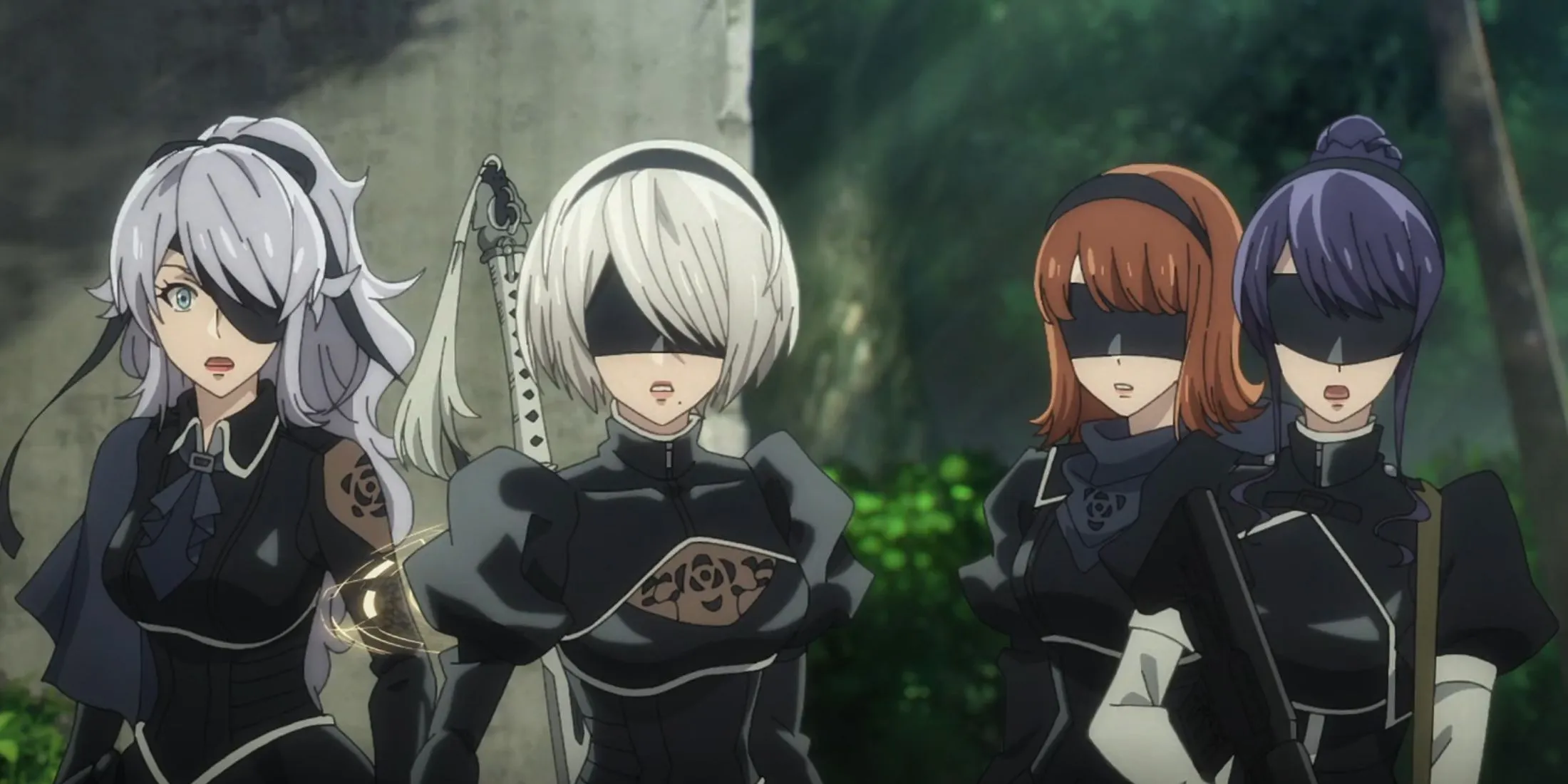
While A2’s backstory is only briefly touched on in supplementary materials in the game, the anime provides a thorough exploration of her past. The character Lily recounts the Pearl Harbor Descent mission to 2B, which elaborates on A2’s experiences and her transformation into a deserter, enhancing the audience’s understanding of her motives and relationships.
Adam and Eve Exchange Roles


While the essence of the machine siblings remains intact, the specifics of their final showdown diverge markedly. In the game, 2B confronts Adam in the Copied City, ultimately vanquishing him before rescuing 9S, setting off Eve’s rage and subsequent assault against the Resistance. In the anime, this encounter is more elaborate, with Adam luring 9S into an area filled with their shared creations before abducting him. The climactic battle with 2B occurs in a church-like setting, featuring allusions to significant plot elements and culminating in an emotional moment where Adam is slain by Eve, who also loses her life shortly after. This reimagining adds depth to their tragic relationship.
Additional Noteworthy Changes

Emil, originally a mysterious shopkeeper in the game with connections to the prior NieR title, occupies a more integrated role in the anime. In this version, Emil is fused with a tree near Pascal’s Village, and through 9S’s hacking, audiences are treated to a flashback of his past linking him to characters from NieR Replicant.
The twin sisters, Devola and Popola, make an earlier appearance in the anime, as opposed to being introduced later in the game, with their backstory referenced right from the beginning. Additionally, the discovery of Pascal and his village is restructured dramatically. Instead of a guide leading them post-battle against Simone, 2B and 9S are tasked by Lily to find Pascal, leading them through a different journey. Furthermore, Pascal’s characterization is more dynamic, portraying him as humorous and reflective about his past as a combat machine.
Notably, the Grün Machine Goliath encounter is entirely absent from the anime. Instead, 2B and 9S share a more intimate moment in the Flooded City before the kidnapping by Adam unfolds. The character of Jackass is also given more focus, providing comic relief and enhancing the narrative’s light-hearted elements.
These highlighted differences underscore the anime’s creative decisions while respecting the core narrative. Under the watchful eye of Yoko Taro, the adaptation remains true to the spirit of the game, at least in the initial phase.




Leave a Reply